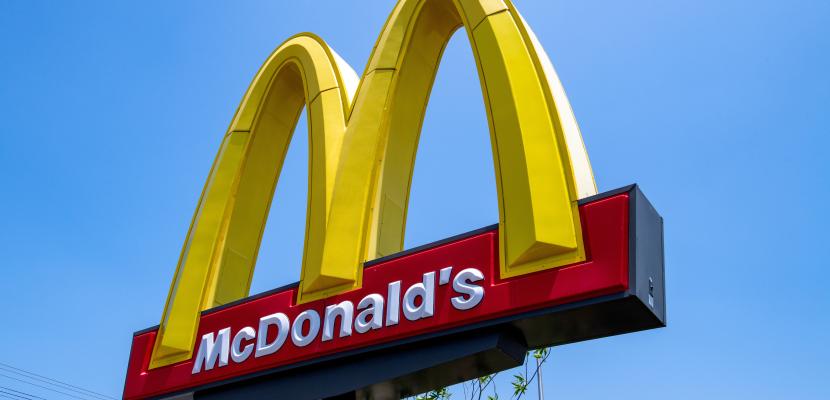
by Dr Edmund Goh
YOU CAN LISTEN TO THIS STORY HERE.
No sooner had McDonald’s announced its first sales decline in almost four years than it revealed its Collector's Edition Glasses would be launching for customers worldwide, including in Australia.
Special deals, giveaways and collectibles are a timeworn tactic for retailers looking to boost profits and lure back customers.
In Macca’s case, sales at locations open for at least a year fell 1 per cent over the April-June period compared with a year earlier.
That might not sound like much, but for a company that has been going gangbusters since the pandemic it’s significant and a sign that consumers are tightening their belts amid a cost-of-living crunch.
Hence the “deploy-glasses-in-case-of-emergency” decision to “give away” the “premium” glasses with six “classic” designs to anyone who buys a large Quarter Pounder meal.
This strategy isn’t new—think of Woolworths and Coles deploying their Ooshies, Stikeez and Little Shop in the never-ending battle for grocery supremacy.
I bet many of us opted to join the checkout craze, if only for the grandkids or our favourite niece. Or at least, that was the excuse.
So what’s the science behind that? Why does munching our way through a Quarter Pounder to get our hands on the Pet Lovin’ Barbie glass feel satisfying on more than gastronomic level?
The answer is that big companies have designed these giveaways to make us feel like we are a part of the “collecting community”.
A key element of any successful Instant Reward Program (IRP) is the requirement for customers to want and collect, via multiple purchases, the associated collectables.
When the collectable is “free” it is psychologically even harder to refuse.
Customers are also motivated to complete a collection, which explains why many cannot help but want the full set (academics call that completion bias).
It becomes a game to finish the set, with an incomplete collection frustrating the customer and driving them to revisit the retailer to gain the missing piece. The lengths that some people go to achieve that remarkable.
Some keen entrepreneurs sold the complete set of the Coles Little Shop, including the storage folder, on eBay for up to $1000.
Linking food purchases with collectable toy premiums is not new—especially at McDonalds where providing toy premiums with children’s Happy Meals has been a marketing practice since 1979.
At supermarkets, the IRPs were so popular and financially rewarding they have tagged them “joyalty” programs.
This collecting behaviour increases basket spend, repeat visits, purchase frequency and ultimately increased sales and loyalty for the retailer during the promotional period, contributing to supermarket profits as part of Australia’s annual retail turnover of about $114.4 billion.
Coles and Woolworths have offered Instant Reward Programs since 2013 involving a number of premiums to collect with an associated spend threshold--Pixar Domino Characters, Disney Words and “The Lion King Ooshies among them.
The campaigns were executed with supporting accessories to purchase (such as collector’s storage folders) and other initiatives such as apps, games and bonus collectables, to enhance engagement and set them apart.
However there was a dark side to the collecting mania: supermarket tantrums and fights, more scrutiny on retailers directly targeting children, and unwanted toys ending up in landfill and waterways.
Coles vowed to stop giving plastic collectible toys in 2021, citing changing consumer attitudes and the company’s environmental mission.
So if you want that Shrek from Shrek the Third glass, maybe get it while stocks last.
- Dr Edmund Goh is an Honorary Adjunct Senior Research Fellow at the Bond Business School, Bond University.